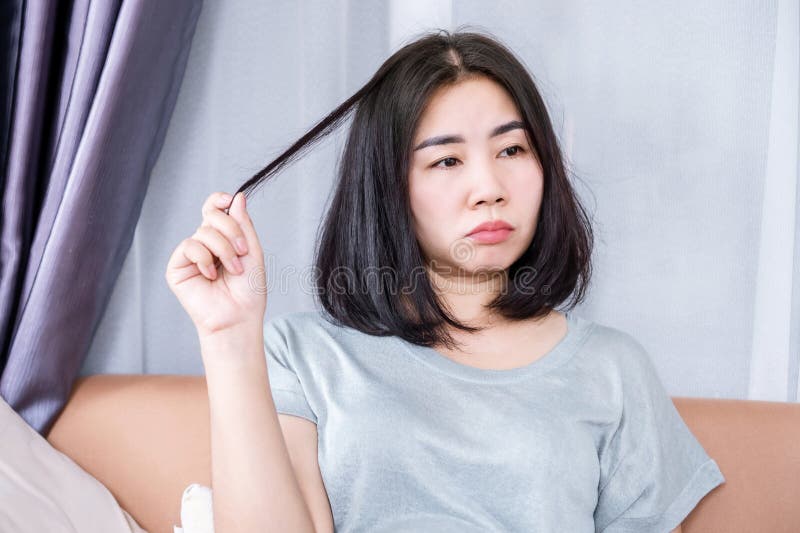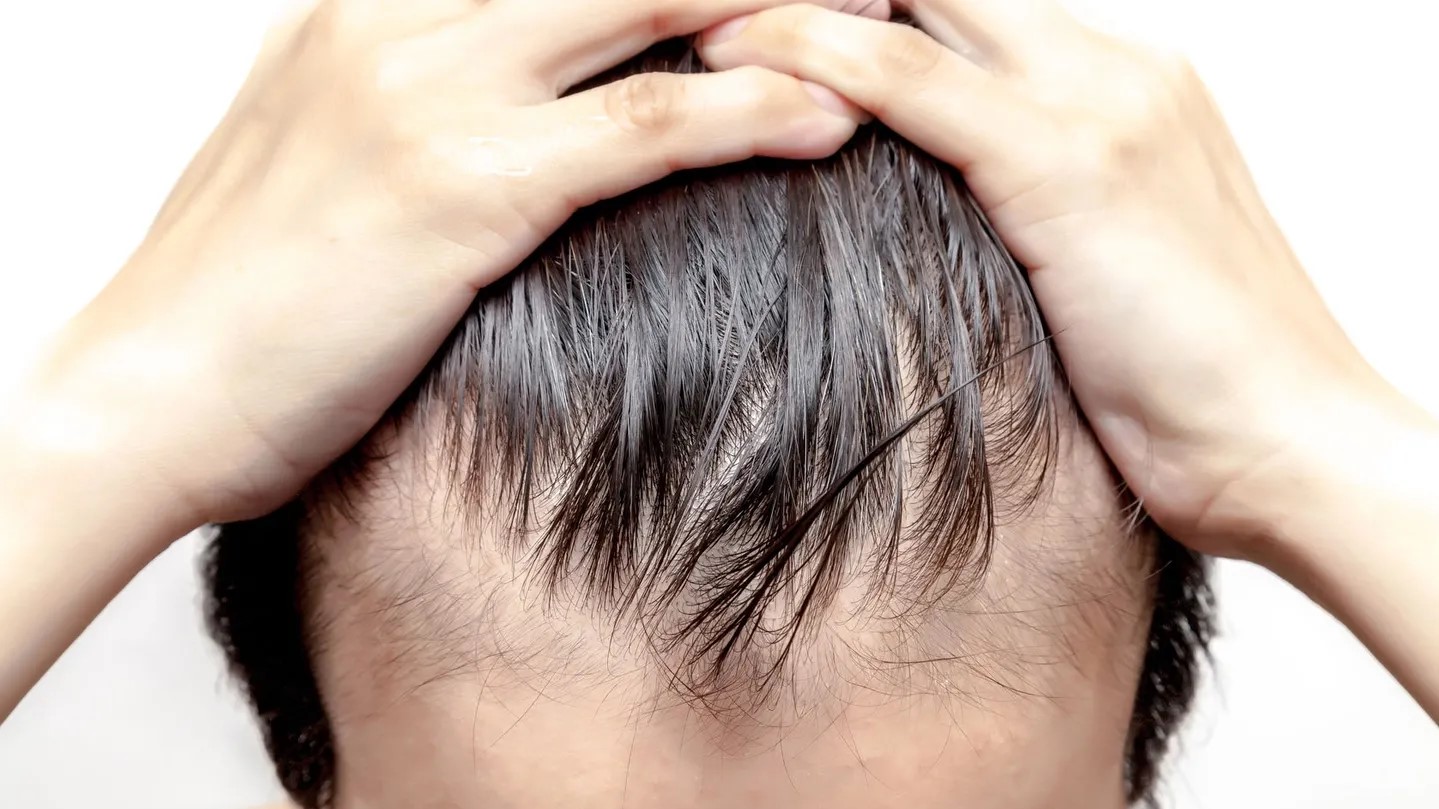Table Of Content

For example, your health care provider may recommend an antidepressant, such as clomipramine (Anafranil). Research suggests that N-acetylcysteine (as-uh-tul-SIS-tee-een), an amino acid that affects mood, also may help. Another option that research suggests may have benefit is olanzapine (Zyprexa).
How do I know which type of hair loss I have?
Trichotillomania can affect children, adolescents, and adults of all genders. However, it tends to occur more often in women than men, with a ratio of 9 to 1. One of the most popular wearables for hair-pulling disorder is HabitAware’s Keen2 bracelet, which costs about $150. Trichotillomania comes with many physical and emotional complications, which are usually a result of excessive hair-pulling. Choosing a therapeutic provider to support your BFRB journey is a process that takes time. Patience and persistence are key to finding your own level of success.
When to see a doctor
By the time someone reaches their 20’s, 30’s and 40’s, they have likely sought treatment. Combined with a healthier sense of self that can accompany aging and changing hormones, many people come to terms with and learn to manage the hair pulling behaviors. For some people, hair pulling disorder is a mild problem, merely a frustration. The most successful management strategies make use of a variety of therapeutic techniques that address actionable emotional and behavioral components.
Behavioral therapy
It might also be connected to brain chemicals, psychology, your environment, and stress. TTM is a mental health condition, which means it isn’t preventable. There’s also no known way of reducing your risk of developing it. Research studies estimate it affects 0.5% to 3.4% of adults at some point in their lifetime. Although far more women than men are treated for trichotillomania, this may be because women are more likely to seek medical advice.

People with OCD often feel anxiety or fear about their obsessions. For example, someone might worry obsessively about things being out of order and feel a compulsion to arrange their things in a certain order. There is no proven way to prevent trichotillomania, but getting treatment as soon as symptoms start can be a big help. Learning stress management is also a good idea because stress often triggers hairpulling behavior. The skin near your eyebrows is sensitive and can easily get hurt from pulling.
Medical Professionals
Few Effective Treatments For Hair Picking (Trichotillomania) Or Skin Pulling (Dermatillomania) : Shots - Health News - NPR
Few Effective Treatments For Hair Picking (Trichotillomania) Or Skin Pulling (Dermatillomania) : Shots - Health News.
Posted: Sat, 17 Mar 2018 07:00:00 GMT [source]
Furthermore, if a person eats the pulled hair, they may develop hairballs in their digestive tract. These matted balls, known as trichobezoars, could grow over time as the hair accumulates causing vomiting, weight loss, intestinal obstruction, and death in some cases. If the ball gets large enough, intestinal or stomach surgery may be required to extricate it.
How can I reduce my risk or prevent this condition?
Pulling your hair or picking at skin can be signs of serious disorders - The Washington Post
Pulling your hair or picking at skin can be signs of serious disorders.
Posted: Sun, 26 Nov 2017 08:00:00 GMT [source]
They may take pictures of your bald patches to help track if treatment works over time. The main symptom of trichotillomania is pulling out your hair, often to the point that you have hair loss or bald patches. People with trichotillomania often try to stop pulling but can't. They also say that pulling has negative effects on their lives, self-esteem, or well-being. Trichotillomania and diagnosable anxiety disorders also frequently co-occur.
What is trichotillomania?
For example, the wrist wearable may vibrate when the person starts to pull their hair to serve as an awareness reminder and give them a chance to divert their attention or stop the behavior. Studies have shown that people living with trichotillomania are likely to engage in episodic or frequent episodes of eating hair (trichophagia). About 5%–20% of people with trichotillomania also have trichophagia. On the whole, it’s important that you speak with your doctor about any symptoms you’re experiencing. A dermatologist can provide a proper diagnosis, and select a personalized treatment that will help restore health to you hair and scalp. According to the American Academy of Dermatology, it’s completely normal to shed anywhere between 50 to 100 strands of hair per day.
Helping someone with trichotillomania
There may be also a combination of factors such as a genetic predisposition and an aggravating stress or circumstance; as with many other illnesses. Further, trichotillomania could be a symptom caused by different factors in different individuals just as a cough can be produced by a multitude of different medical problems. Some people pull their hair out somewhat automatically, without thinking about it. Researchers suggest approximately 1 or 2 in every 50 people experience some level of trich in their lifetime.
On the contrary, a person with OCD may feel a compulsion to pull hair, but it is fueled by intrusive or obsessive thoughts which are not relieved once the hair is pulled. Also, trichotillomania is classified as a repetitive motor response whereas the behaviors of OCD are compulsive rituals that must be completed to satisfy an obsession. Trich tends to start in early adolescence while OCD starts in late adolescence. Because of the behavioral focus of the disordered action, the evidence-based treatment for trich is Habit Reversal Training whereas OCD treatment is exposure and response prevention. Selective serotonin reuptake inhibitors (SSRIs) help in treating OCD but show very little effectiveness for trich. Anyone who feels distressed about their hair-pulling or feels that they are unable to control the behavior on their own could benefit from seeking treatment.
They might send you to a psychiatrist, psychologist, therapist, or other mental health care professional. Your mental health care provider will also ask questions about your hairpulling, your life, and your overall mental health to help figure out what's going on. Therapy is considered the front-line treatment for all BFRBs, including trich. Other kinds of therapy such as ACT and dialectical behavioral therapy (DBT) have also shown promise, especially when combined with HRT.
This test can also rule out other skin conditions that might be the true cause of hair loss or hair pulling. The effects of trichotillomania also depend on the age at which it happens. Children commonly pull their hair in this way, but that behavior is often a self-soothing act. Children often grow out of this behavior and don’t have any long-term negative effects. Adolescents, teenagers and adults with this condition tend to have much more severe problems. Trichotillomania is a disorder usually hid even from family and friends.
People with trich often describe having a feeling on their scalp or skin, such as a tingle or itch, that will only go away by pulling the hair in that area. After pulling the hair, they may have a moment of relief or satisfaction. You may have the urge to pull based on how your hair or scalp feels.
However, if you’ve noticed more strands falling out of your head than normal, you may be experiencing alopecia, the medical term for hair loss. Common diagnoses include androgenetic alopecia, alopecia areata, telogen effluvium, and lymphocytic scarring alopecia, Agbai tells USA TODAY. Many people who have learned to manage their trich say that speaking to others about the condition led to a reduction in hair pulling. Even though trichotillomania doesn’t usually start until those adolescent years, infants and small children can also go through a period of hair pulling. According to the American Journal of Psychiatry, almost a third of people with trichotillomania say they have a low quality of life. Some people report that hair pulling helps to alleviate boredom or stress.
Cases of trich fall on a large spectrum of severity, affected areas and responsiveness to treatment. The disorder may also become chronic, with symptoms appearing for weeks, months or years at a time. Some people feel itchiness or tingling in their eyebrows and pull in response. Other people pull or over-pluck their eyebrows because they are worried about how they look or to help themselves deal with stress. Automatic pulling might happen when you're studying, reading, or watching TV and not paying attention. Those who have symptoms may feel embarrassed or afraid to talk to their doctor about what they are experiencing.
Family members may need professional help in coping with this problem. If your GP thinks you have trich, you may be referred for a type of treatment called cognitive behavioural therapy (CBT). They may suggest other options, dietary changes, or prescribe medication to help you achieve the regrowth results of your dreams. While the exact cause of trichotillomania is unknown, both genetic and environmental factors are likely at play in its development. One of the most common and serious complications of this behavior is the formation of a hairball in the stomach. Further controlled clinical trials are necessary to determine the safest and most appropriate drug treatments for trichotillomania.

No comments:
Post a Comment